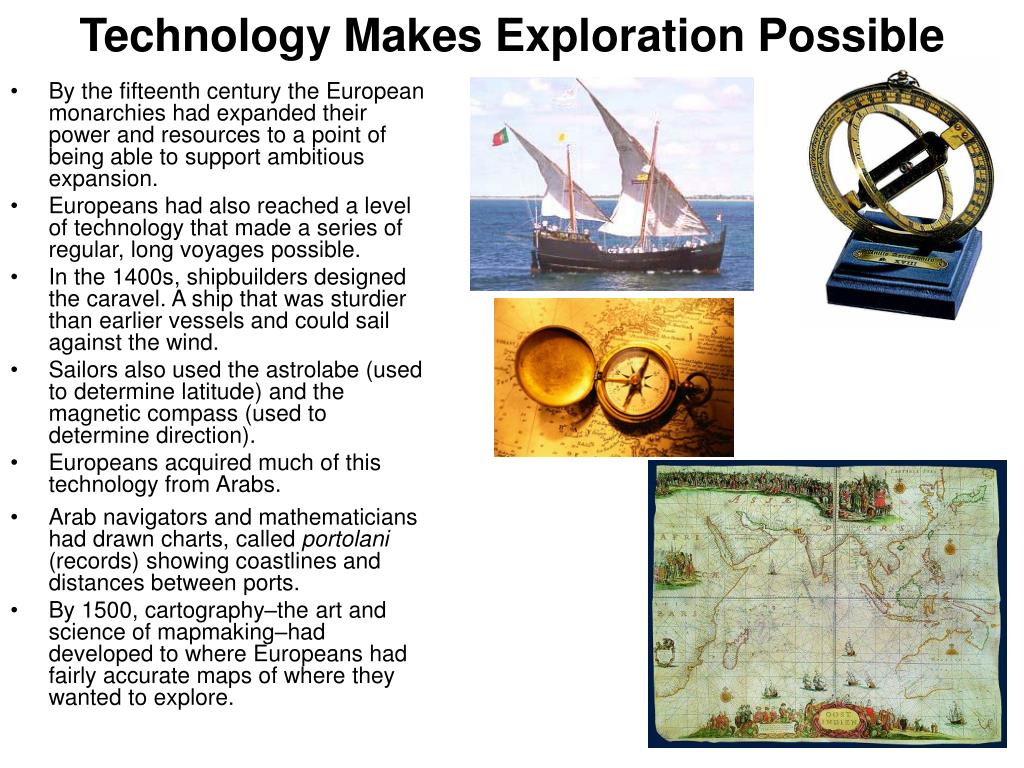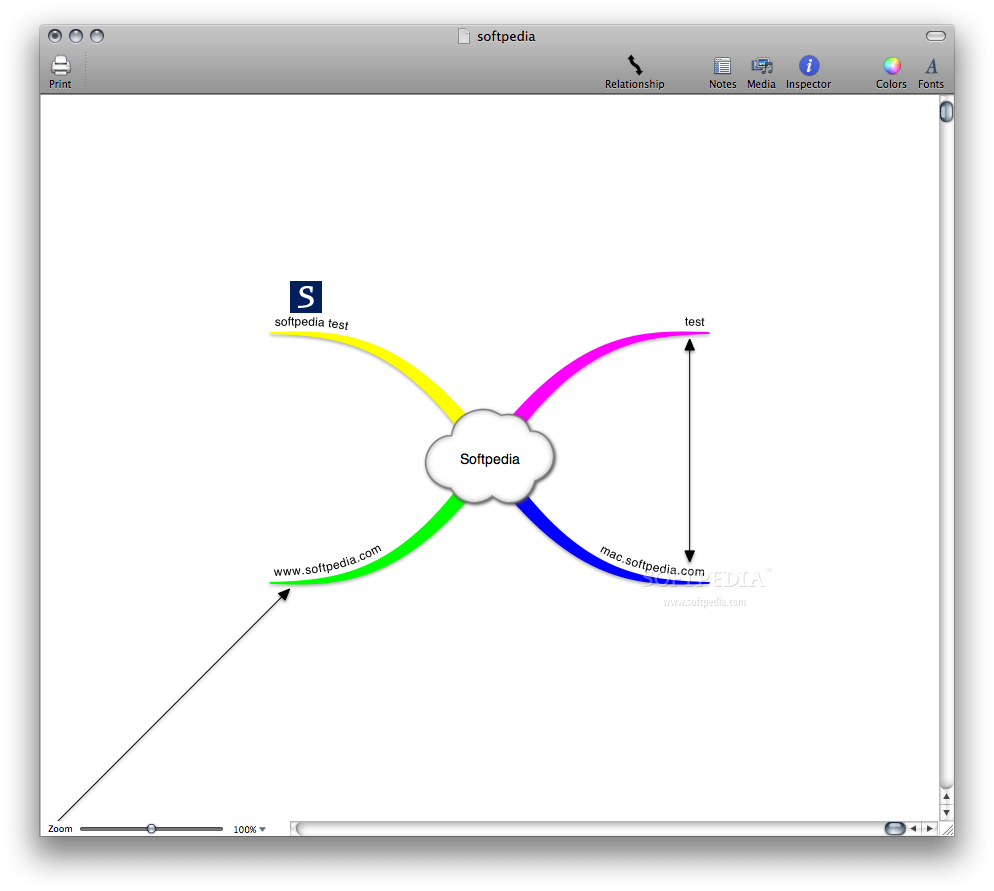

Students’ perceptions of their teachers’ beliefs also aligned to stronger academic outcomes. Relatively small improvements in assignment quality, instruction, and engagement offer a real chance for students who have been previously under-served by school to begin catching up to their peers. In fact, across all classrooms in our study, the average top-quartile classroom typically used grade-appropriate assignments only about 50 percent of the time. 15 Those classrooms did not set an unattainable bar for assignment quality: On average, they offered grade-appropriate assignments 52 percent of the time, compared to 26 percent of the time across all classrooms. When students who started the year behind had greater access to grade-appropriate assignments, they closed the outcomes gap with their peers by more than seven months ( Figure 3). In classrooms serving high proportions of students behind grade level, stronger instructional practices amounted to about six months of additional learning. Notably, these resources were particularly influential for students with the most to gain academically. In classrooms in the top quartile for instructional practices, engagement was 31 percent higher than in classrooms with weaker instruction. 14 And the resources interact with each other in ways that also influence students’ experiences and outcomes: We saw a relationship, for example, between stronger instruction and higher levels of engagement. On average, students in classrooms with stronger assignments or higher levels of engagement experienced about two additional months of learning ( Figure 2). When students had access to more of these resources, their outcomes tended to improve. Those are essential skills that can make the difference between graduating ready for college or the workplace, or not. It means they have had the chance to practice a core set of grade-level-appropriate competencies for processing information, thinking critically about texts, and solving problems using evidence. To be clear, “grade-level mastery” doesn’t mean students must have read a particular list of books. That gap exists because so few assignments actually gave students a chance to demonstrate grade-level mastery. While students succeeded on more than two-thirds of their assignments, they only demonstrated success against the grade-level standards 17 percent of the time on those exact same assignments ( Figure 1). On the whole, then, most students we studied were “doing well” in school-one of the most important keys to success later in life, according to American mythology.īut when we looked at how these students were doing based on the bar set by actual standards for college readiness-the bar students themselves said they aspired to-the opportunity myth emerged.


13 Nearly 80 percent of students were on trajectories categorized as standard, mid-level, or rigorous, based on course access-all of which could get students accepted into a four-year college or university. We looked at the course trajectories of all high school students in each district we studied, and assessed them against the approach set by the National Assessment of Educational Progress (NAEP). Moreover, the courses students were enrolled in-on paper-should be putting them on track for college. Seventy-one percent of the time, students met the demands of the assignments their teachers gave them, and more than half of the third- through 12th-grade students in our partner school systems earned As and Bs in English language arts (ELA) and math 80 percent earned at least a C. Nearly 90 percent of the time, students told us they were doing activities related to classwork.


 0 kommentar(er)
0 kommentar(er)
